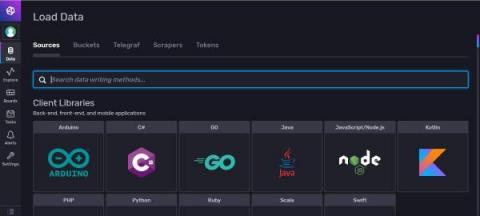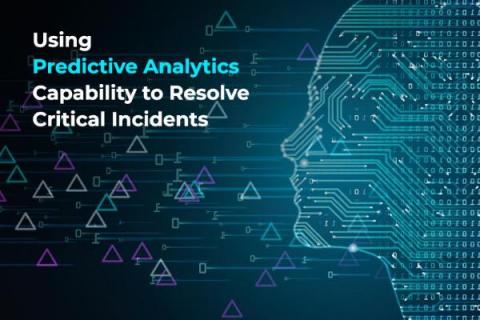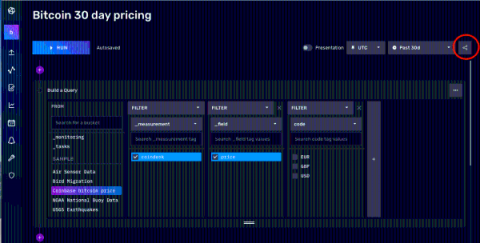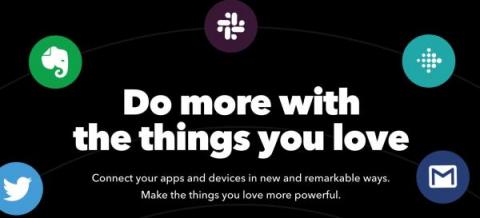Getting Started with Go and InfluxDB
Conventional databases such as PostgreSQL or MongoDB are great at safekeeping the state of your system in a tabular or document format, but what about time-dependent data: systems metrics, IoT device measurement or application state change? For those things, you need a more suitable type of database, one designed to manage better semi-structured data with a time characteristic.











